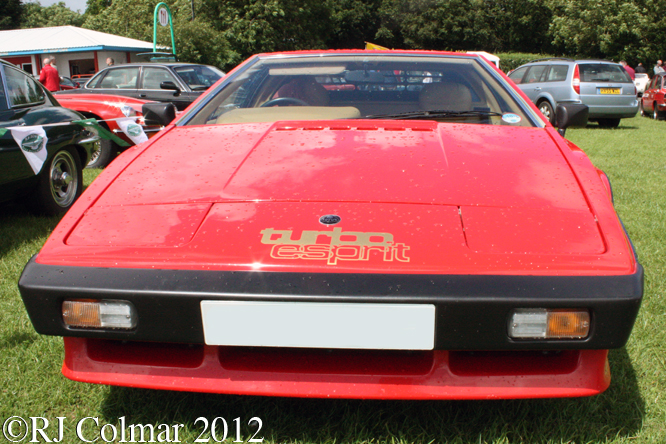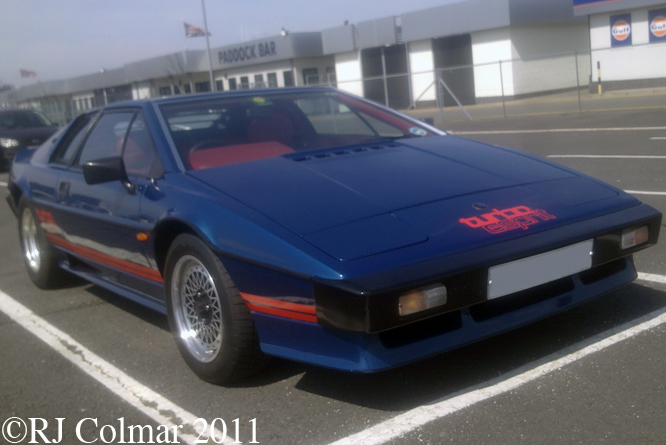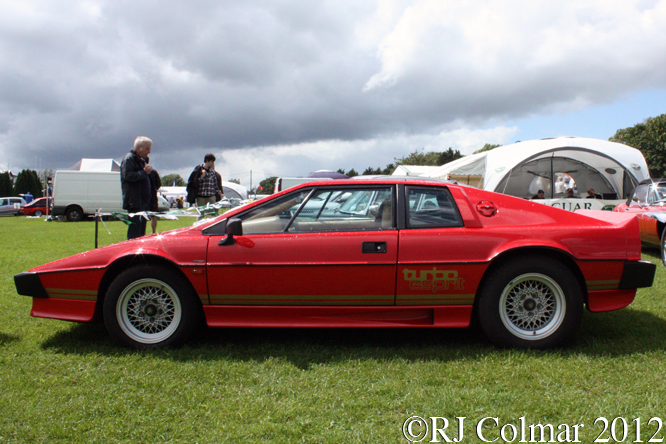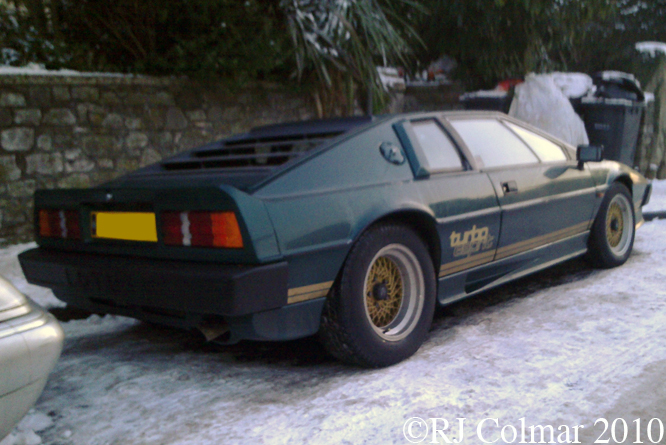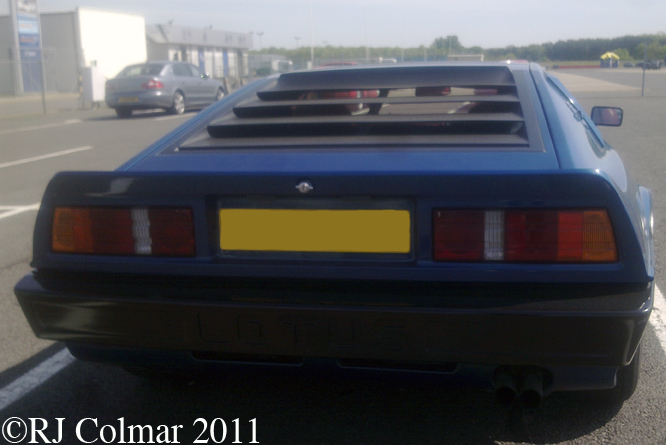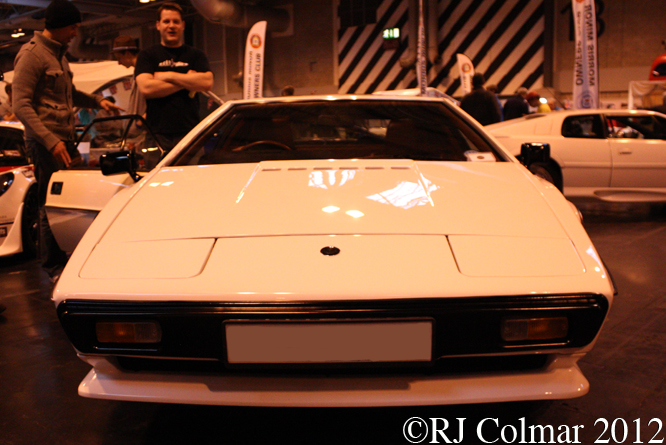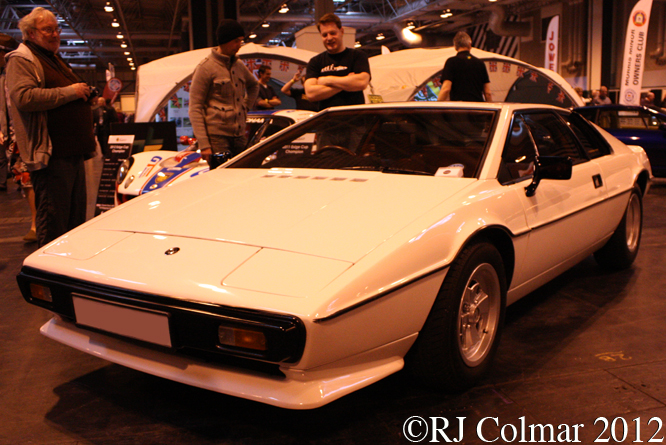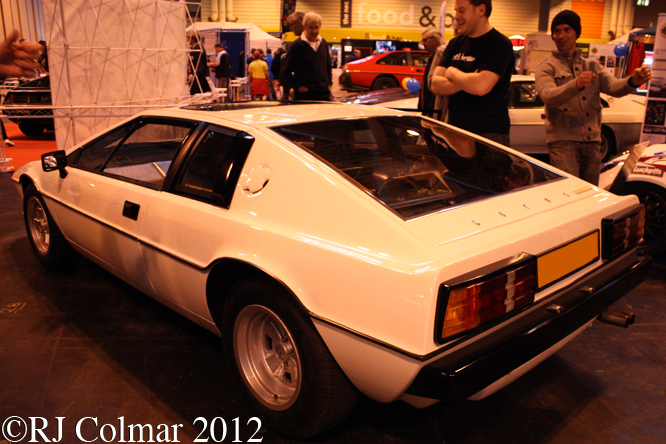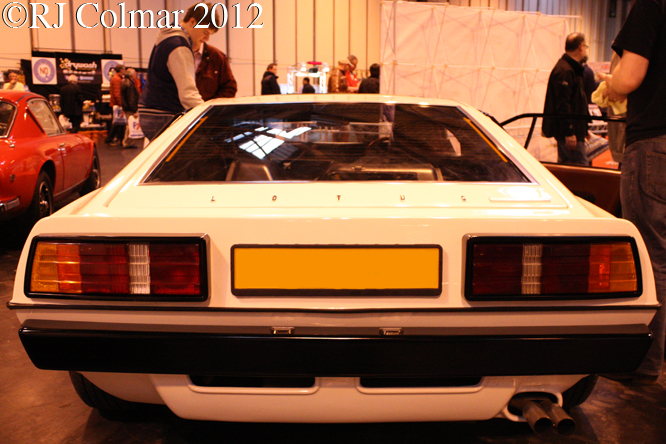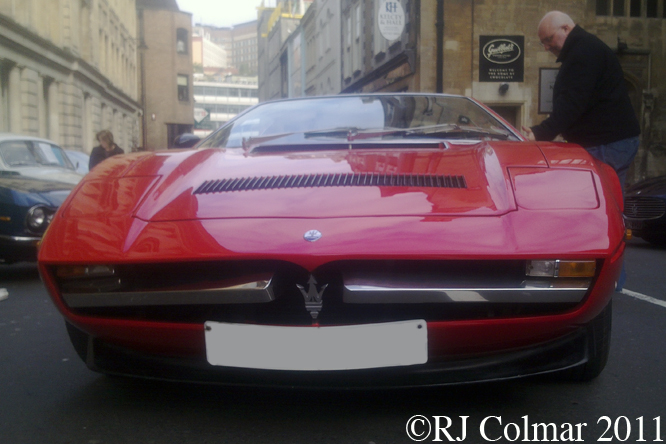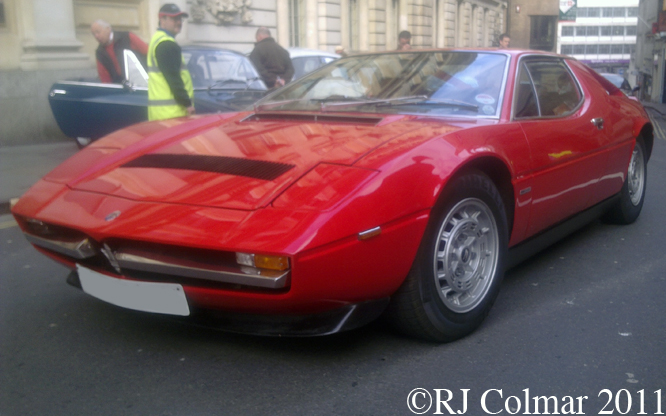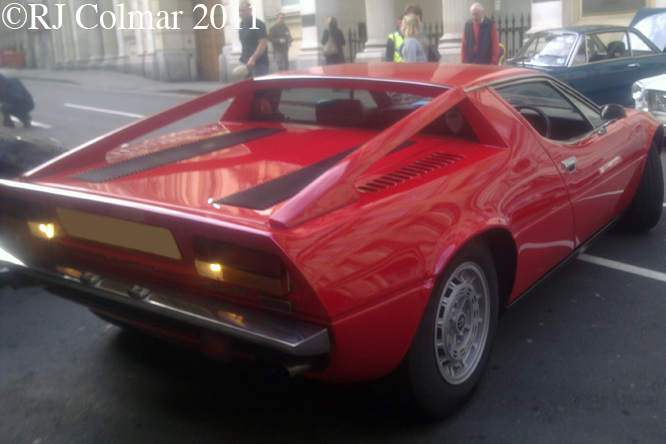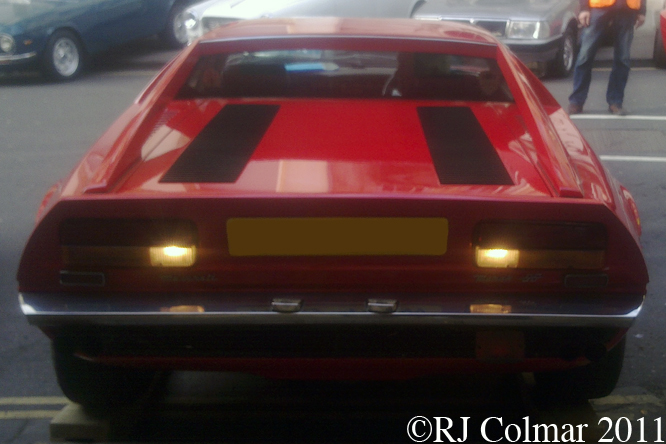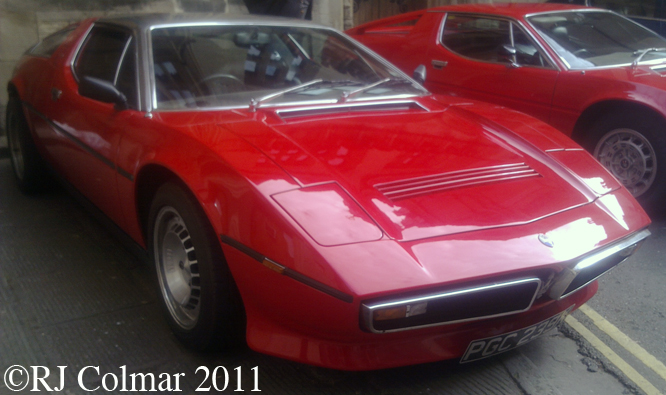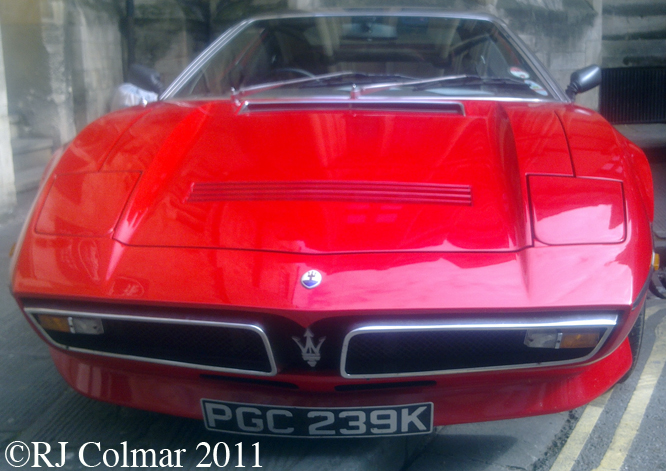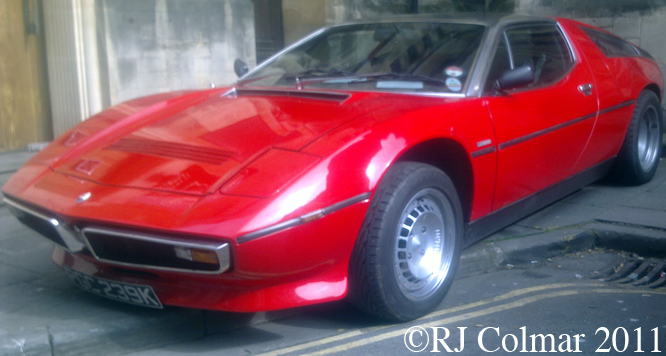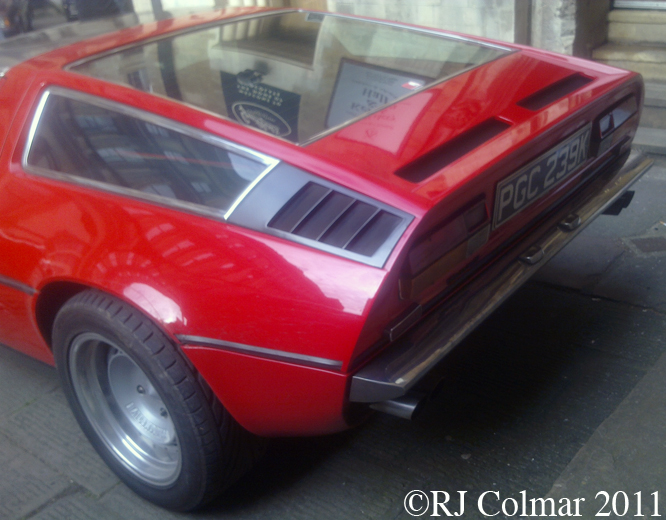Having been taken over by General Motors in 1986 the future of Lotus Cars was more secure than at almost anytime in the manufacturers history. Prior to the take over Peter Stevens had been employed to revamp the sharp edged Giugiaro styled Lotus Esprit, which had been in production since since 1975, around the chassis of the existing Series 3 Esprit under the project name X180.
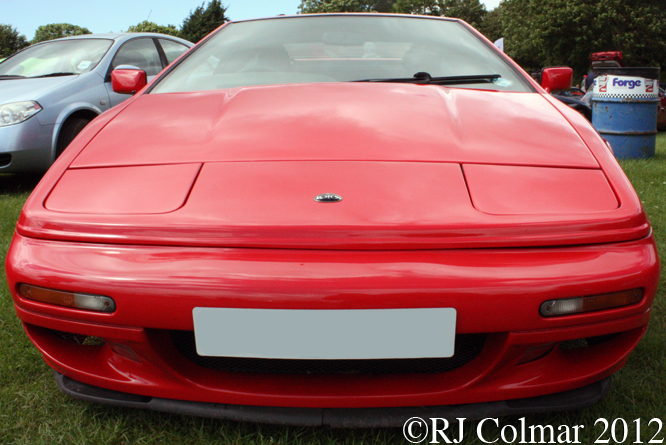
Despite the new body not varying by more than an inch in any dimension from the old one Stevens managed to transform the look of the Esprit by using rounded lines. Ironically despite the smoother shape the new X180 is has a marginally higher aerodynamic co efficient than it’s straight edged predecessor.
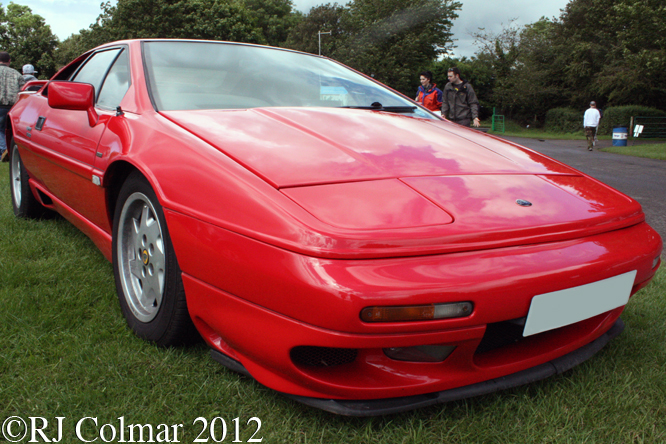
15 months after Stevens started work on the X180 it was ready to be launched in October 1987 with the new body work being manufactured with the Lotus patended vacuum-assisted resin-injection (VARI) process.
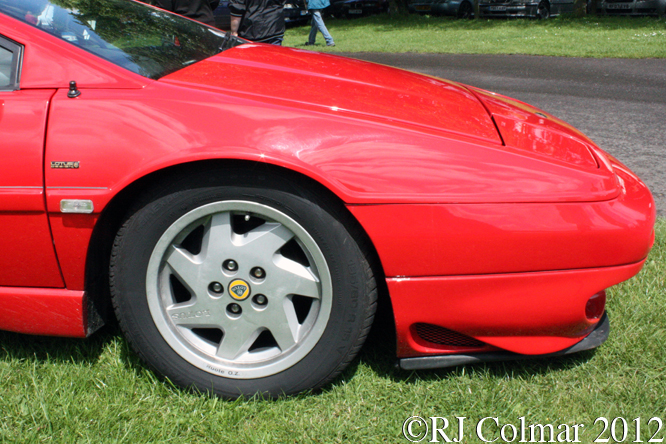
Despite the similarity of the old and new bodies they could be easily distinguished by the new alloy wheels cast to a Lotus design by OZ. Esprit aficionados will notice that the front bumper / spoiler on this particular 1988 Esprit Turbo seen at last years Classic and Sports Car Action Day at Castle Combe dates from the final S4 Esprit incarnation which was restyled by Julian Thompson in 1993.
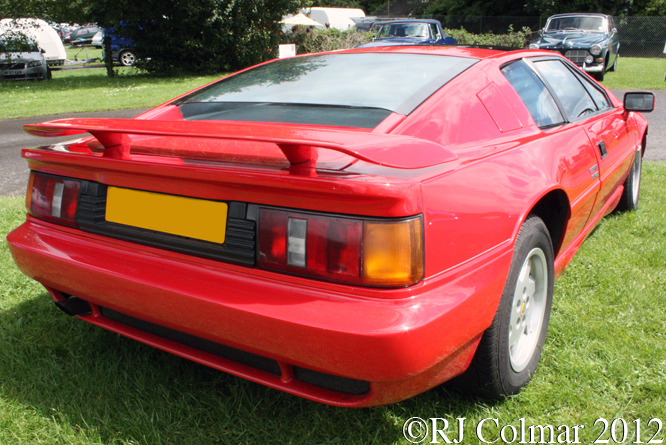
The X180 Esprit was powered by the same type 910 normally aspirated or turbocharged motors as it’s Esprit predecessors, with the 215 hp turbo motor the zero to 60 mph time was marginally reduced to 5.4 seconds from the previous 5.6 seconds and top speed was over 150 mph. The X180’s handling benefited from the improved torsional rigidity of the new body.
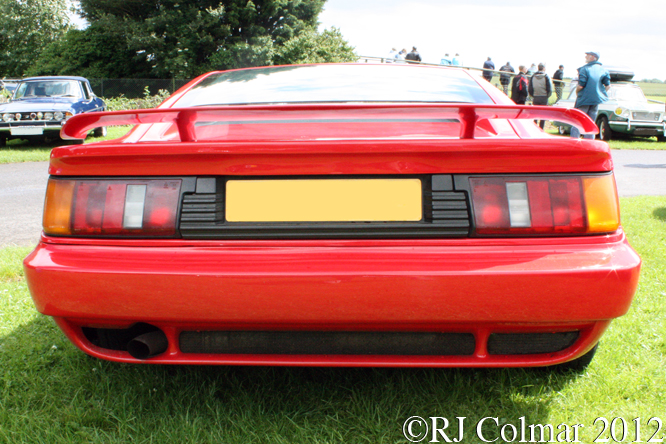
Record Esprit sales of 1058 units in 1988 would not be bettered despite the cars appearance in high profile films that included Pretty Woman 1990 and Basic Instinct 1992, and a sting of lesser films including The Rookie 1990, Taking Care Of Business 1990 and the Bond spoof If Looks Could Kill / Teen Agent 1991.
Thanks for joining me on this “Basic Instinct Pretty Woman” edition of “Gettin’ a li’l psycho on tyres” I hope you will join me again tomorrow. Don’t forget to come back now !


